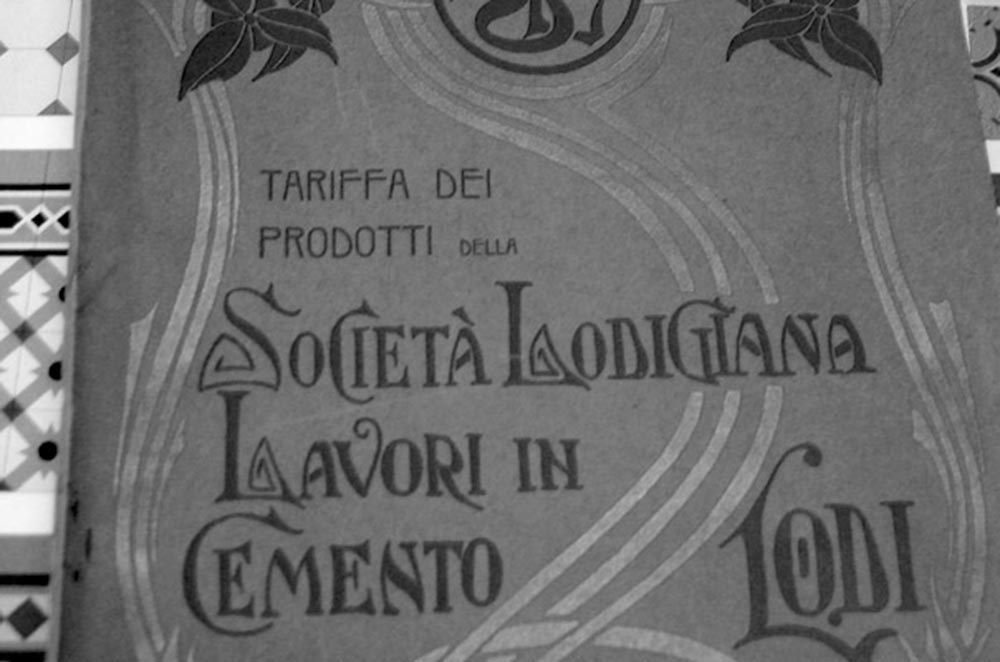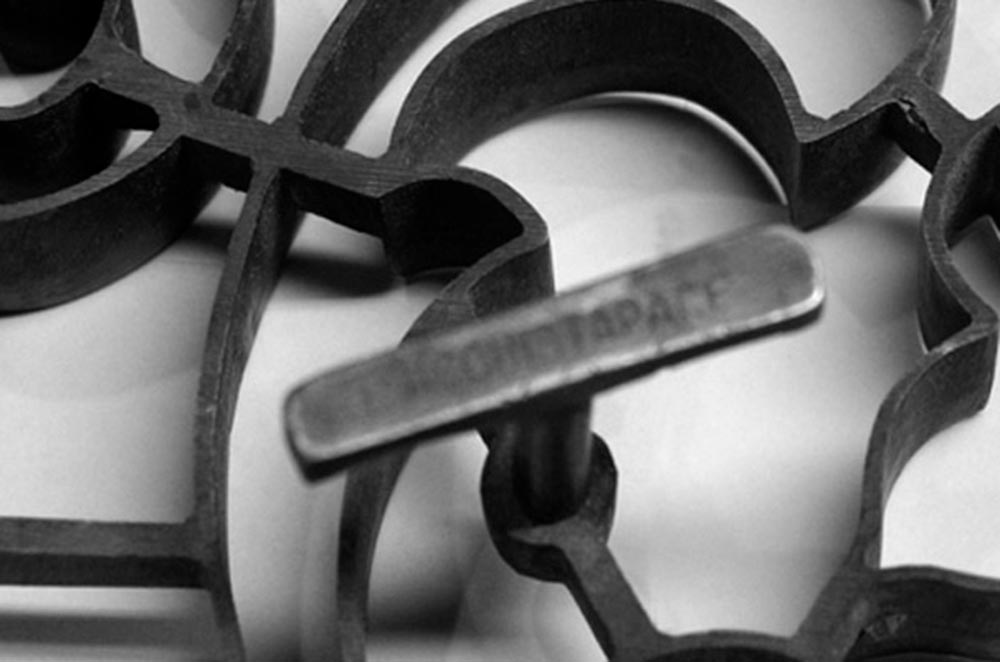

Terrazzo is older than one might think. What is currently known as terrazzo or, more historically, as “Venetian terrazzo”, is a material that had been used since the time of ancient Greece. Then, through the Roman Empire, it became popular in Italy too. At first, it was just some ground terracotta from demolitions or waste, which was mixed with a lime glue to produce a fairly thick and pliable composite. Then, chips of marble were added to it, probably for aesthetic reasons. But, with the years, it began to be appreciated for its durability and its resistance to wear, which has made it one of the most popular flooring materials ever.Terrazzo floors had their peak in the nineteenth century, and it was that age that inspired the widely-known concept of ancient Venetian floor with its distinctive big chips and uneven-edged tiles. Then, in the early twentieth century, finer chips began to be used, and edges became even, to match the Art Deco patterns.
The success of terrazzo largely depended on the style of the European architectural decorations, but that’s not all, and in Italy it was also closely related to the residential architecture of the 1950s and 1960s, where this material was a favourite in flats and villas, just because of its distinctive decorations and durability. The production process has not changed a lot over the centuries; sometimes, lean lime is still used as a binding agent, even if now the favourite choice is restrained-shrink Portland cement, which delivers the final result in less time. Then, for the sake of productivity, the tile size has been standardised, and the most popular one is 20×20 cm, which is now remarkably widespread. Nowadays, terrazzo is still “ancient”, just because it is a material that takes inspiration from tradition; research and new materials have improved it, enhancing its technical and decorative performance.

